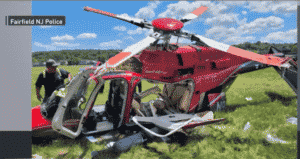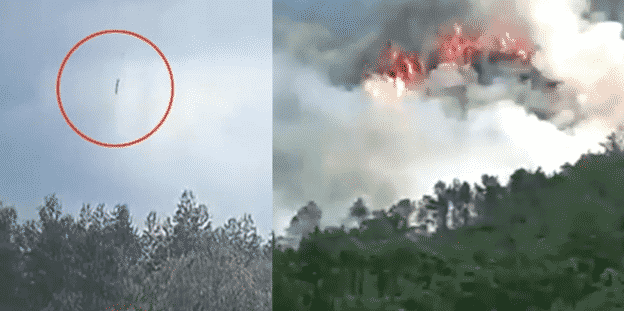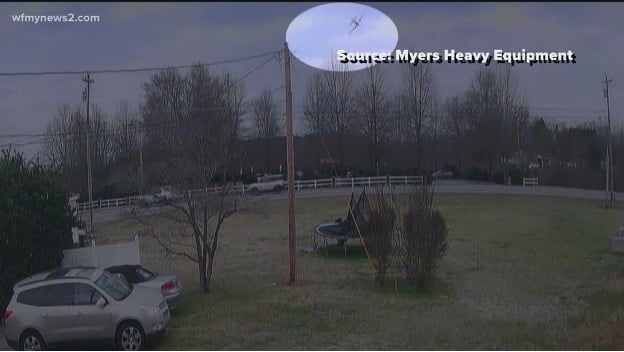Essex County New Jersey Bell 407 Helicopter Crash Is Eerily Similar to Charlottesville Virginia Crash of The Same Model That Killed Two Virginia State Police Troopers.
Essex County New Jersey Bell 407 Helicopter Crash Is Eerily Similar to Charlottesville Virginia Crash of The Same Model That Killed Two Virginia State Police Troopers.
A Bell 407 piloted by an experienced charter helicopter pilot crashed at the Essex County New Jersey Airport injuring the pilot.
The craft was seen rotating before the crash and pictures taken at the scene reveal a severed tail rotor driveshaft and fractured rotor blades. The tail rotor in that model counteracts the torque from the rotor blades and without it, the helicopter will rotate and it is a miracle that a safe landing was achieved.
The main rotor blades contacted the tail boom of the helicopter and severed it but that only can happen if a mechanical failure induces the main rotor blades to flap excessively. That happens due to delamination of the composite rotor blades resulting in excessive flapping, a stuck anti-torque-pedal limiter or sudden engine overspeed. All three have resulted in Model 407 accidents.
 The Wolk Law Firm is litigating the deaths of two Virginia State Troopers killed when their Model 407 did precisely the same thing as in this latest accident, but it also fell into trees and burned.
The Wolk Law Firm is litigating the deaths of two Virginia State Troopers killed when their Model 407 did precisely the same thing as in this latest accident, but it also fell into trees and burned.
Bell is defending the Virginia State Police case claiming that LTE or Loss of Tail Rotor Effectiveness and Vortex Ring State caused the Virginia accident, all of it totally made up. The problem is that both are defects in the design of the helicopter but neither caused that accident or this one.
In the Virginia crash, witnesses saw the helicopter rotating before it settled into the trees and it too had a severed tail rotor driveshaft and fractured main rotor blades.
The Model 407 has a bad accident history with one Band-Aid after another applied by Bell.
Perhaps this pilot who mercifully lived will be able to tell his story because in Virginia Bell relies on the fact that dead men tell no tales. They can’t!
Arthur Alan Wolk
6/5/22
For more commentaries click here.






